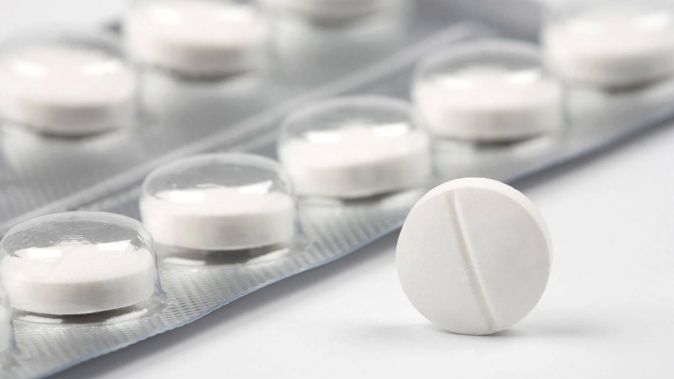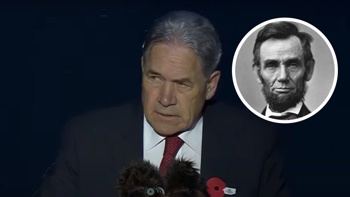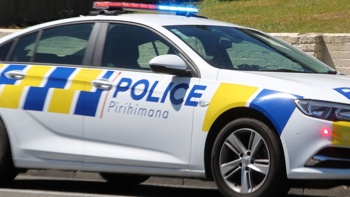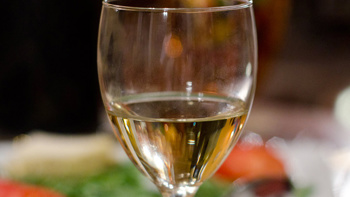
It’s New Zealand’s most popular medicine – and also happens to be the number-one substance involved in emergency calls to the National Poisons Centre.
A new analysis reveals paracetamol is the most frequently involved drug in cases the Otago University-based unit deals with, from curious young children tasting tablets, to older people making medication mistakes.
The study, published in the Australian and New Zealand Journal of Public Health, reviewed tens of thousands of contacts between 2018 and 2020, including patient demographics and the chemicals and substances involved.
“Medicines form just over half of the substance exposures that people call us about, and just under half are regarding other chemical exposures,” said the study’s lead author, Dr Eeva-Katri Kumpula.
“We wanted to specifically investigate different age groups and which particular medicines were involved most frequently in exposure reports in contacts with our service.”
Of 78,110 contacts over the three years, around 84 per cent involved at least one patient with an exposure – and of those, about 43 per cent were related to therapeutic products.
Nearly all of those cases had happened in homes – and the large majority involved a single product.
The results showed that children aged up to 12 had exposures mainly due to exploratory behaviour, accounting for just over three quarters of their exposures.
Youth, aged 13 to 19, had a high incidence (61 per cent) of intentional self-poisoning, with paracetamol, antidepressants and quetiapine the most common substances involved.
“Intentional exposures are always a concern and the increase in young patients being seen in EDs has been well documented in the past couple of years.”
Among adults and older people (aged 65 and over), the researchers found “therapeutic errors” accounted for around 50 per cent and 86 per cent of their exposures, respectively.
“Older people can be frail, and generally also use more medicines than younger people,” she said.
“It is therefore perhaps not surprising that they may also experience more medication errors.”
The most-commonly exposed substances among adults were paracetamol, codeine, tramadol, antidepressants, and hypnotics, while older adults were exposed to paracetamol and various cardiac medications.
“The medicines seen in this study are commonly found in homes – good safety practices to reduce risk include keeping them away from children and in their original containers where possible, so they don’t get mixed up with other people’s medicines or end up in the wrong hands,” Kumpula said.
“There is no such thing as ‘child-proof’ – a child-resistant container of medicines will slow down children who might have unsupervised access to it.”
The high incidence of paracetamol-related cases comes after several high-level reviews into the widely-accessible medicine, of which some 50 million tablets are used by Kiwis each year.
While there are limits on pack sizes, there were no restrictions on the quantity of packs that could be purchased.
In New Zealand, regulator MedSafe has made changes to labeling requirements, aimed at promoting safe use and accidental overdoses.
Efforts targeted toward children have included prescribing and labeling advice for healthcare professionals, as well as dosing tables and advice for caregivers.
“Any exposure can be of concern, so even a child having ‘just a tiny taste’ of something can be at risk for harm in some circumstances; the same applies to a therapeutic error with a prescribed medication,” Kumpula said.
“That’s why it’s good to get exposures assessed by the National Poisons Centre to get the best advice on what to do for a specific situation.”
Kumpula said there were no “remarkable changes” in time in the number of exposures reported, except a slight trend for more contacts from healthcare professionals.
“What will be more interesting is checking these trends over a longer time period, and also comparing to other data sources such as hospital presentations and specific medication error reporting done by others.”
She noted that a contact with the centre didn’t necessarily mean the person involved was harmed – and around two thirds of patient records showed a medical assessment wasn’t advised.
“So, these numbers in the paper tell us which medicines were topics of calls most frequently, but not which ones caused the most harm.”
Poison and children
*About 60 to 65 per cent of calls to the New Zealand National Poisons Centre relate to children aged under 5 years. About 20 per cent of families with pre-school children will experience at least one poisoning incident each year – and most of these happen in the home.
*Children can poison themselves as they’re curious about taste, texture, smell of different things – and can often poisons or medicines are lollies or food. They can also mimic adults and often think they are “helping” by cleaning, or taking medicines.
*Parents concerned their child has swallowed poison should stay calm, and phone the National Poisons Centre on 0800 POISON (0800 764 766), with information about the medicine or chemical container if possible. Do not make the child vomit, rinse or wipe the mouth, and do not give fluids unless instructed to do so by the Poisons Centre. If the child is sleepy or unconscious, check their pulse, ensure they are breathing, place in a recovery position and phone an ambulance. If the child is not breathing or does not have a pulse, phone 111 and apply CPR.
Take your Radio, Podcasts and Music with you









